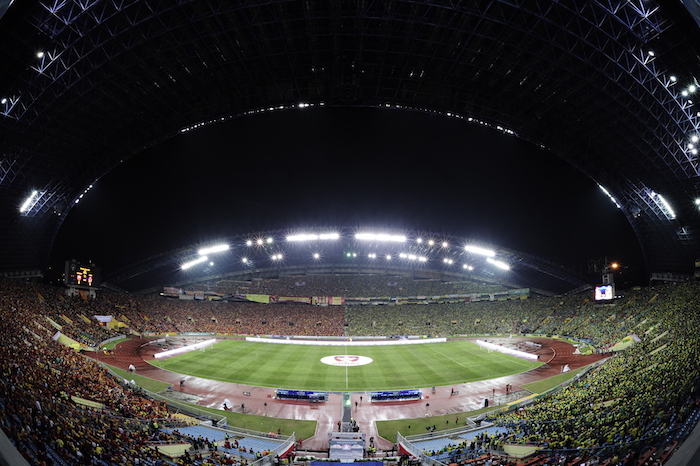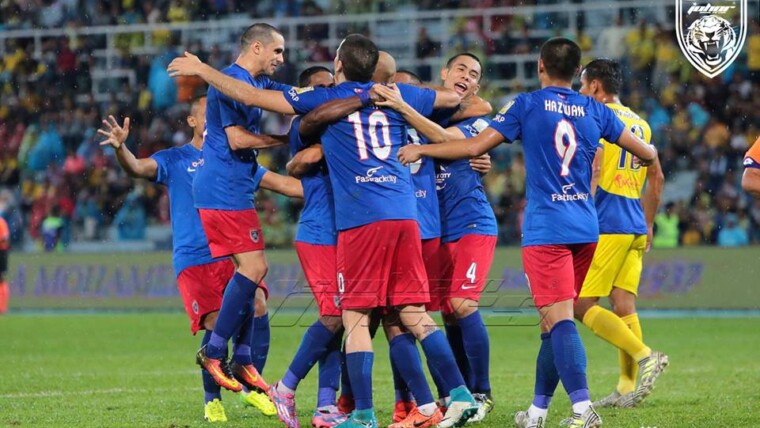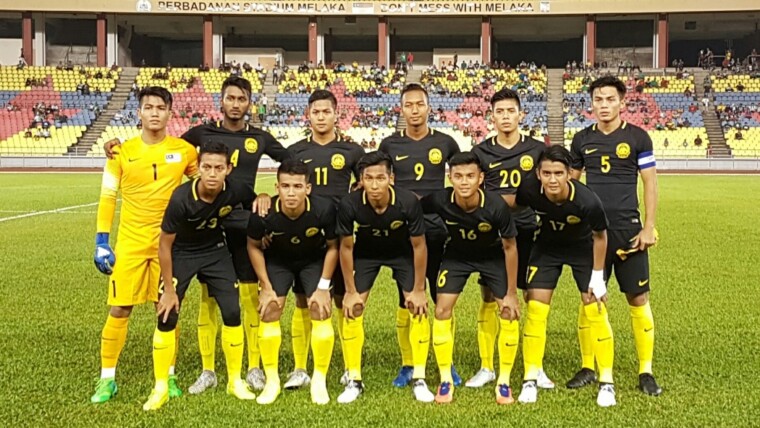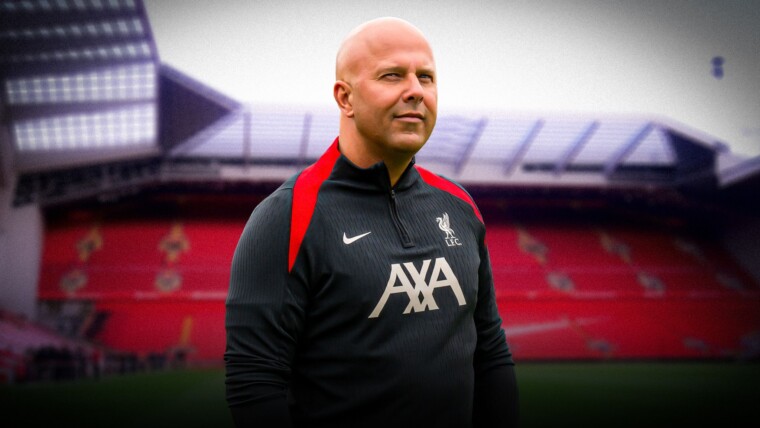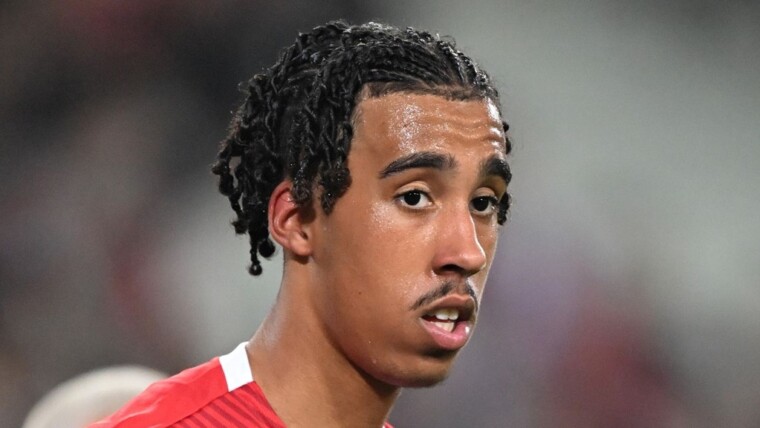Written by Steve Darby
Malaysia and the English Premier League (EPL) have a fantastic relationship. When I was in Malaysia, I met so many genuine and fanatical supporters, not just through working for Astro, who do a wonderful job covering the game but through fans who would come to M-League games in Liverpool or (sadly) Manchester United shirts. Though that seems to be changing now and I’m happily seeing local team shirts, as it should be.
So how do the two types of football compare – M-League and EPL. I recently spent time with Everton FC and tried to compare some of the areas between Malaysian and English football.
ON FIELD
Well the warm-ups are the same! Both teams I watched (Everton and Stoke City) did the universal warm ups which I see all SE Asian teams do, but the initial difference I noticed was the size and power of the players. When I coached the Thailand national team, our back four were big strong players (Sukha, Nattaporn, Panupong and Nattapong). But in England, virtually all the players on the pitch looked big, except Joe Allen, who is 168cm and 62kg.
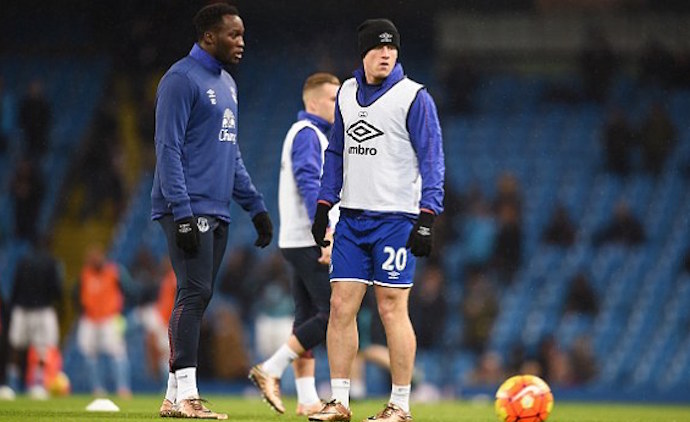
Then comes speed. The game was played at an incredible pace, especially when both teams pressed high up the pitch. Let’s be honest, the Malaysian climate does affect this. No matter who you are, you can’t press high up the pitch in Malaysia for extended periods. It’s physically impossible. Look at how some very fit foreigners struggle when they first arrive, especially with the humidity.
Another key difference was the quality of passing from all players. Once a team got the ball, they keep it and usually only lose it when they attempt a difficult pass in the final third. However, having spent seven years in Malaysia, the quality of the pitch evidently plays a huge factor in determining the quality of passing. The Premier League pitches are like garden lawns. I remember Perlis having a great pitch in the late 90s, but that dreaded ‘maintainence’ word came to bite everyone else – which explains why every other pitch in Malaysia is poor. Johor DT have obviously shattered the glass ceiling with their pitch, but a large chunk of pitches in Malaysia are still poor.

This also stops players from trying to pass out from the back. If you make a mistake in your defensive third, you can be punished and then abused by the crowd. I once coached a very talented full-back in Malaysia, who could pass well. But if anyone went near him, he would hit it long. The problem had nothing to do with him, because the pitches were simply poor. But to prevent the crowd from jeering him, he played it ‘safe’ by hitting it long.
Could a Southeast Asian player play in the EPL? I’ve coached or seen every national team player in this region and to even have a chance, you have to be an international. If I am really honest I have only seen two who could play in the Premier League – Thailand’s Kawin Thamsatchanan and Teerasil Dangda. Both were technically good, and they possess the physical attributes to survive in the Premier League. Ex-Thailand bosses Bryan Robson and Peter Reid both felt these two could play in the Premier League, and a few more could probably make it in the Championship.
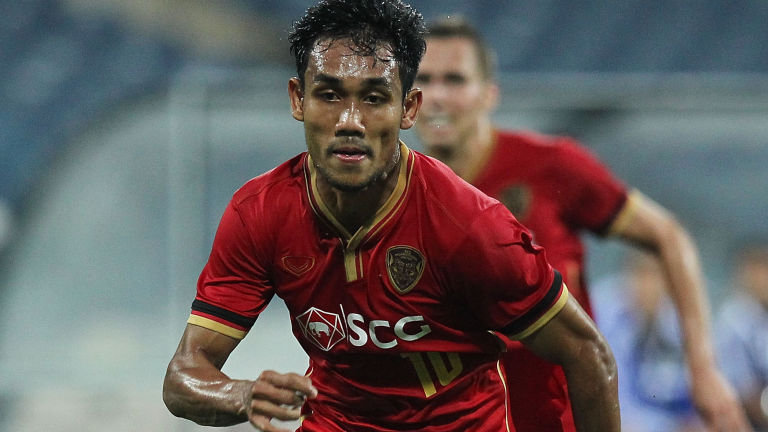
I never saw Mokhtar Dahari play, but having seen countless footages of him online, I think he could have very well made that jump. To me, the key for a Malaysian player is to join an academy at the age of 14, learn the language, adapt to the culture and weather and get used to the speed of the game. Technically, there are so many great Malaysian players; often it’s the mentality that stops them. Football is a jigsaw puzzle of technique, physical strength and psychological strength – all three parts have to fit in perfectly, for you to make it in the Premier League.
OFF FIELD
This is where I saw huge differences. The pre-match organization/entertainment lasting over an hour was slick, professional and relevant. Not just pre-match music, like when I first watched English football. These days, video technology makes things exciting, kids get involved and when I was there, I even witnessed a 100 year-old fan being brought onto the pitch, to receive a birthday gift from Everton legend Graeme Sharp. Back in May, Sharp also dropped by the house of another Everton fan, who had turned 100.
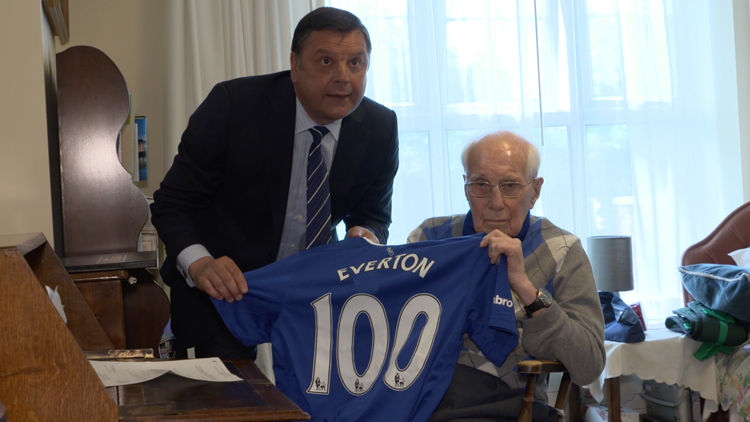
What’s clear is that they treated fans as customers, not cattles. There were polite helpful stewards in uniform everywhere, plenty of quality food and drinks. Most importantly, they make it accessible and comfortable for people with disabilities. All this can be done in Malaysia, if you want to attract families. The crowd is no longer 99% male. Premier League matches are family-friendly these days.
I have to be honest though. A lot of these excellent off-field work is due in no small part to the staff and stewards, who are paid handsomely as well. The cheapest ticket at Goodison Park is £35, and many clubs charge more. So if you have 38000 people paying an average of £50, then every home game brings in nearly £2 million. That’s RM11 million!
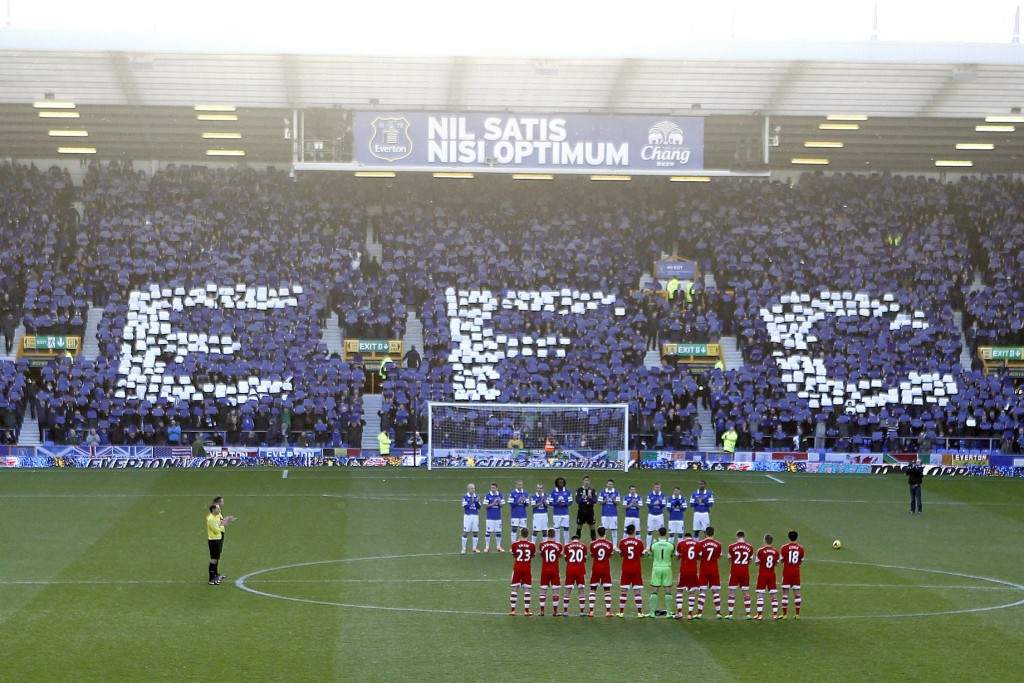
I saw my first game at this stadium as a young boy in 1963 and of course there have been massive improvements on and off the pitch since then. So it can be done. JDT, Buriram United and Bangkok Glass are doing it. TV coverage by Astro is on a par with English television, there are signs of how far we can go, if proper effort is put in.
It does annoy me when I see Malaysian money being spent in England, whether it’s sponsoring referees (Air Asia) or clubs (Proton). That money could be invested in Malaysia to help take the game to where everybody wants it to be. It also annoys me when English (European) clubs come out with the hypocrisy of pre-season and post-season tours, saying they go around the world to help develop the game. Rubbish! If that was true they would tour for no match fees and put on quality coaching clinics and give more fans access to the stars, again at no cost. They are here to make money – be honest and admit it.
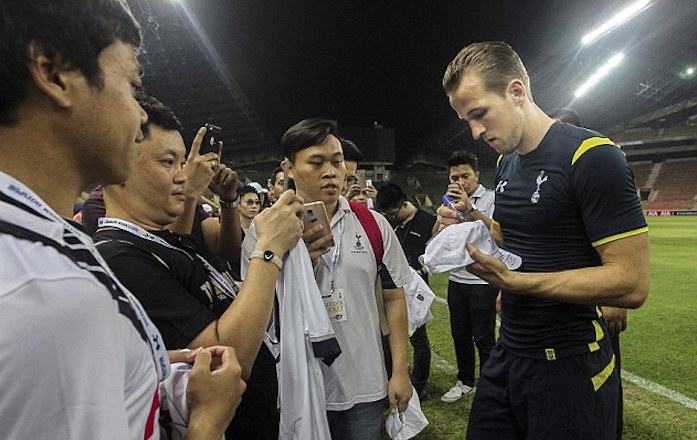
So, the key seems to be getting more money into the game. If all these money that’s spent in England, is invested in Malaysia, there is so much more we can do for the game here. Malaysian football deserves to be treated well.
Other posts by FO Newsdesk

